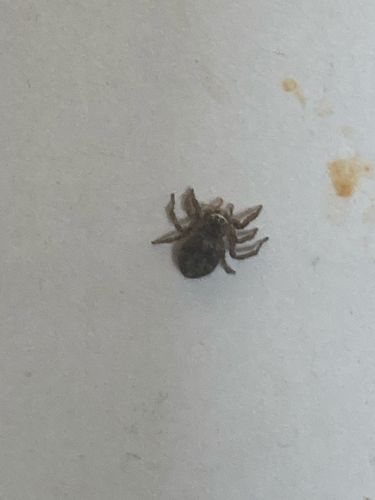Wolf Spider
Scientific Name: Lycosidae (many genera and species)
Order & Family: Order Araneae, Family Lycosidae
Size: Typically range from 0.4 to 3.5 cm (0.16 to 1.38 inches) in body length, with leg spans sometimes reaching up to 10 cm (4 inches).

Natural Habitat
Found in a wide range of habitats including grasslands, forests, deserts, gardens, and often found indoors in basements or garages, especially in cooler weather. They are ground-dwelling.
Diet & Feeding
Mainly other insects and small invertebrates; they are active predators and do not use webs to catch prey.
Behavior Patterns
Wolf spiders are solitary hunters, active at night, and known for their speed and agility in pursuing prey. Females carry their egg sacs attached to their spinnerets and, after hatching, the spiderlings ride on the mother's back for a period.
Risks & Benefits
Risks: Their bite can be painful, similar to a bee sting, but is generally not dangerous to humans. Symptoms might include localized pain, redness, and swelling. Benefits: They are beneficial predators, helping to control populations of various insect pests in agricultural and natural environments.
Identified on: 8/10/2025